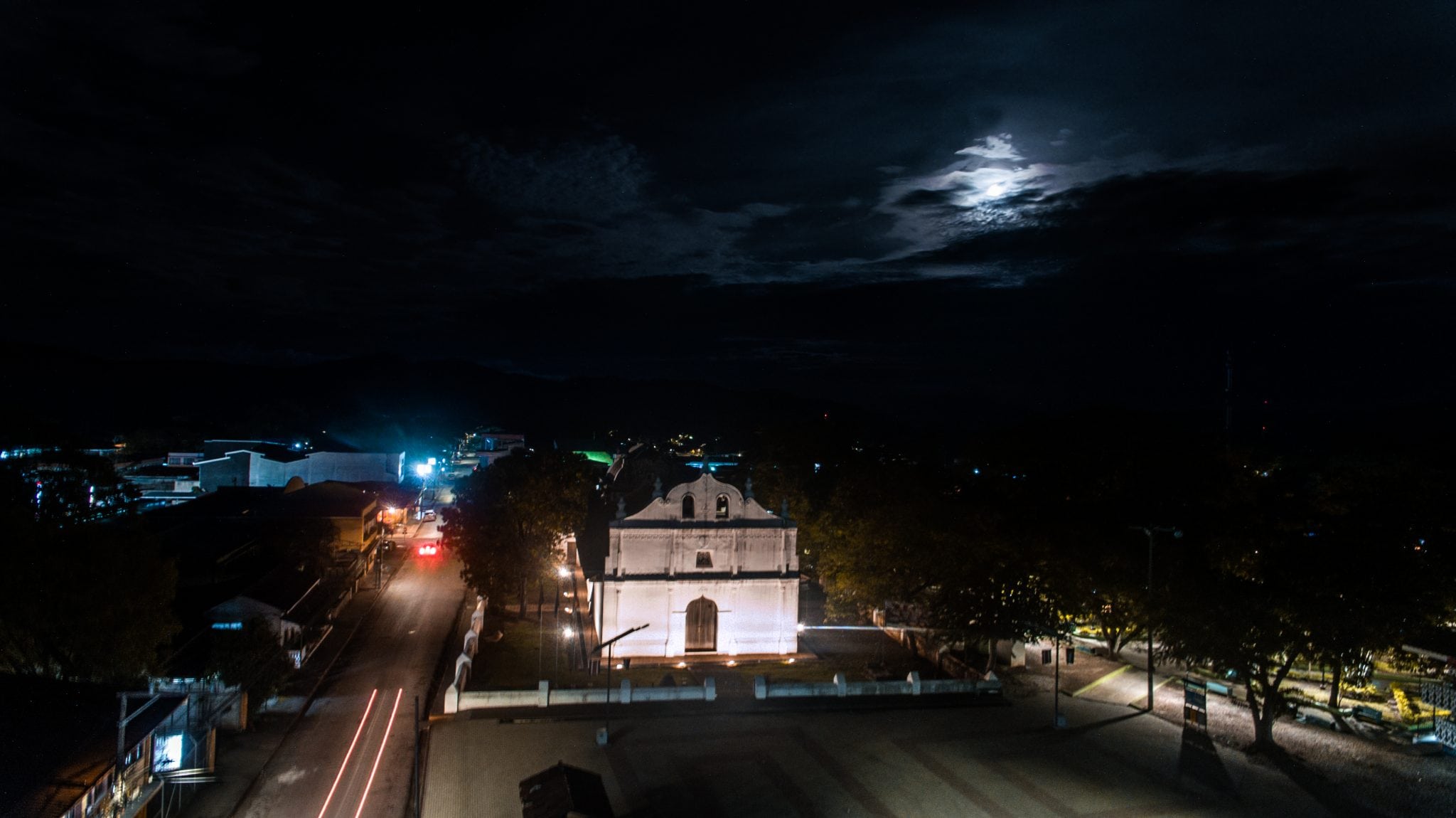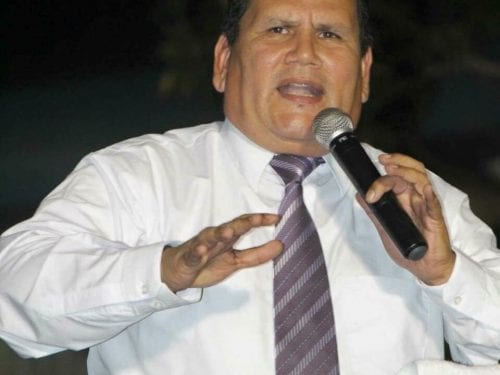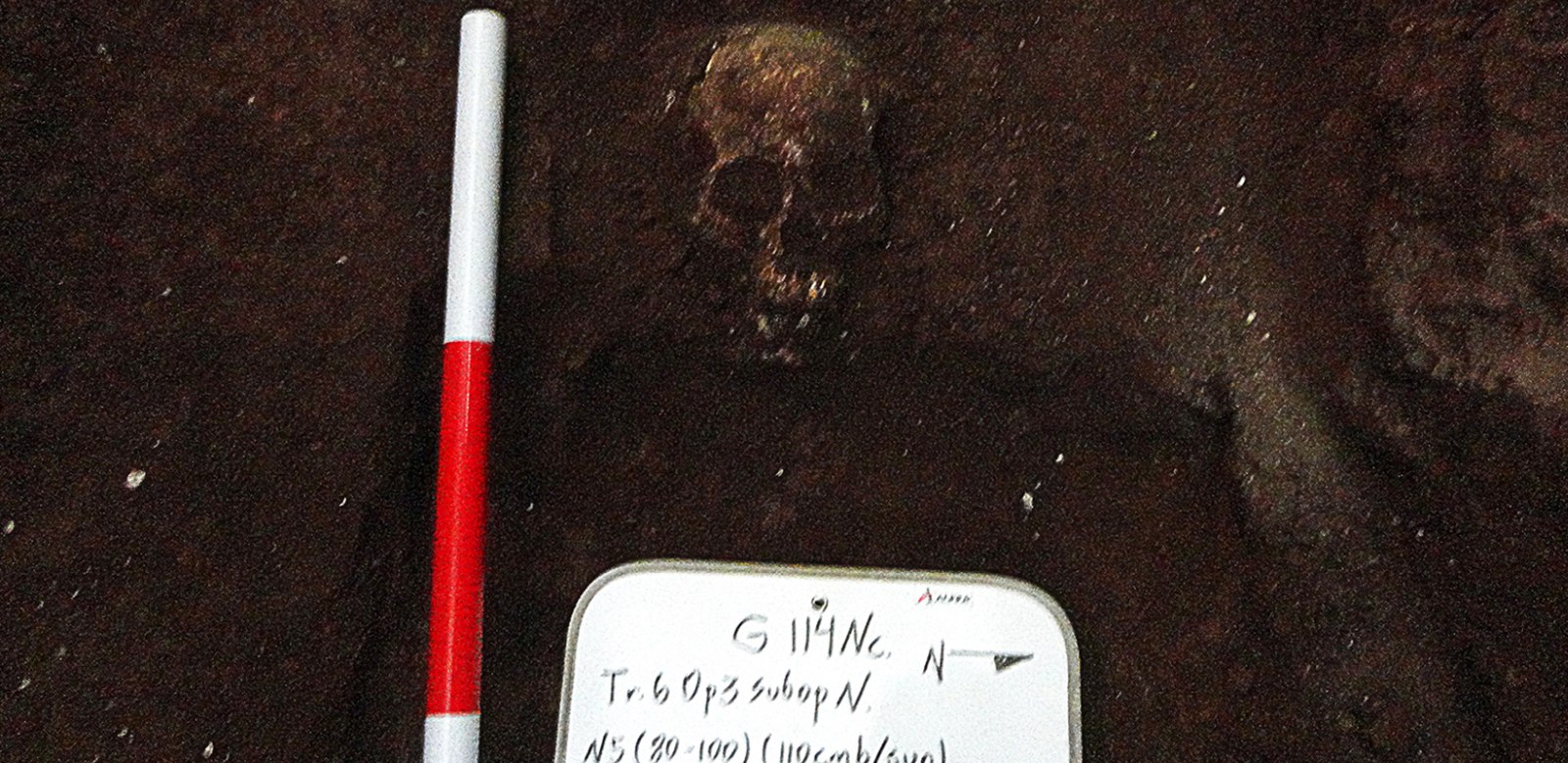
For two months now, the beauty of the colonial church in Nicoya hasn’t set with the sun. The community, the parish and several local businesses joined forces to light up the exterior of the building, which is a national heritage site, because townspeople complained of insecurity in the area and the abandonment of one of the oldest churches in Costa Rica.
Employees at La Tortillería restaurant, located across the street from the church, watched as people slept outside or drank alcohol around the area, said the restaurant’s owner Diego Pochet. San Blas priest Luis Humberto Quesada also witnessed this.
“It was a space meant for other things,” he said. “Drunks came to sleep there and other people did other inappropriate things.”
The colonial church has been closed since 2012 when the Nicoya earthquake forced it to shutter its doors. Since then, it has appeared neglected despite investments by the culture ministry.
Pochet and Quesada met to discuss how they could revive the structure that awaits one last architectural intervention before reopening. They decided that if different sectors of the canton joined forces, Nicoya could solve both problems. The goal was to collect ¢2,310,890 ($4,000).
The idea was to light up the heart of Nicoya,” Quesada said. “If the heart is dead, it’s hard to find life.”
Putting Your Two Cents In
After conducting studies to determine the cost of the project, La Tortillería committed to paying for half of the project and the community would give the rest. “We assumed the responsibility of paying for what is left if we can’t reach the goal,” Pochet said.
The priest requested donations during Mass in May and June and knocked on doors of local businesses. Flyers were passed out around town encouraging people to donate. “Let’s save Nicoya’s colonial church together. Light it up again and we can use it,” the flyer said.
As they collected the funds they needed, the projected moved forward elsewhere. In June, employees at the La Castellena bakery decided to clean the green area around the church. People were enthused when they saw it receiving attention.
“Excellent initiative,” said one of the comments on La Castellana’s photos. “I wish everyone would be more concerned about our national heritage sites. It’s a beautiful gem and we must take care of it.”
At night, some of those involved in the project tested the lights in order to find the perfect level of illumination. Pochet, passionate about lighting, said that the lights had to have an essence.
When we were looking at the lights with the father, we realized that they couldn’t be turned off and that the location had to be perfect,” Pochet said. “We wanted it to look glorified, but not extreme.”
As they collected funds they also decided to raise four flags, hoisting the flags of Costa Rica, Nicoya, Guanacaste and the flag of Vatican City. Engineering company RF Engineers donated the flagpoles.
Donations from members of the congregation totaled ¢677,000 ($1,170) while the Toscana laundromat donated ¢25,000 ($44) and the remaining ¢1,608,890 ($2,820) came from La Tortillería. Despite the efforts, there were few businesses who joined the cause.
The lighting was inaugurated on July 15, the start of culture week.
The project became a strategy for the community to once again set its sights on the colonial gem of Nicoya.
They wanted for President Carlos Alvarado to take notice of the church during his visit to the canton to celebrate the annexation of Guanacaste, and see how the community made an effort to bring the heart of the city, the San Blas church, back to life. They hoped that he would realize that if the people do their part, the government should commit to finishing its reconstruction. On july 25th, Alvarado promised that the last investment will be done in 2019.








Comments